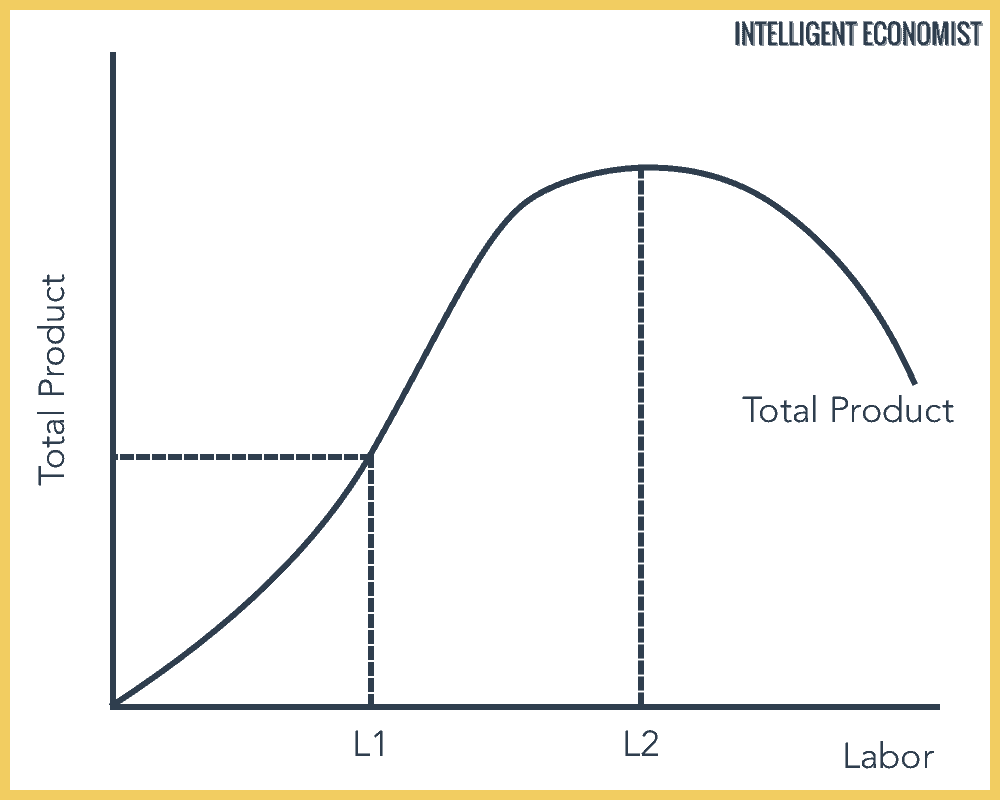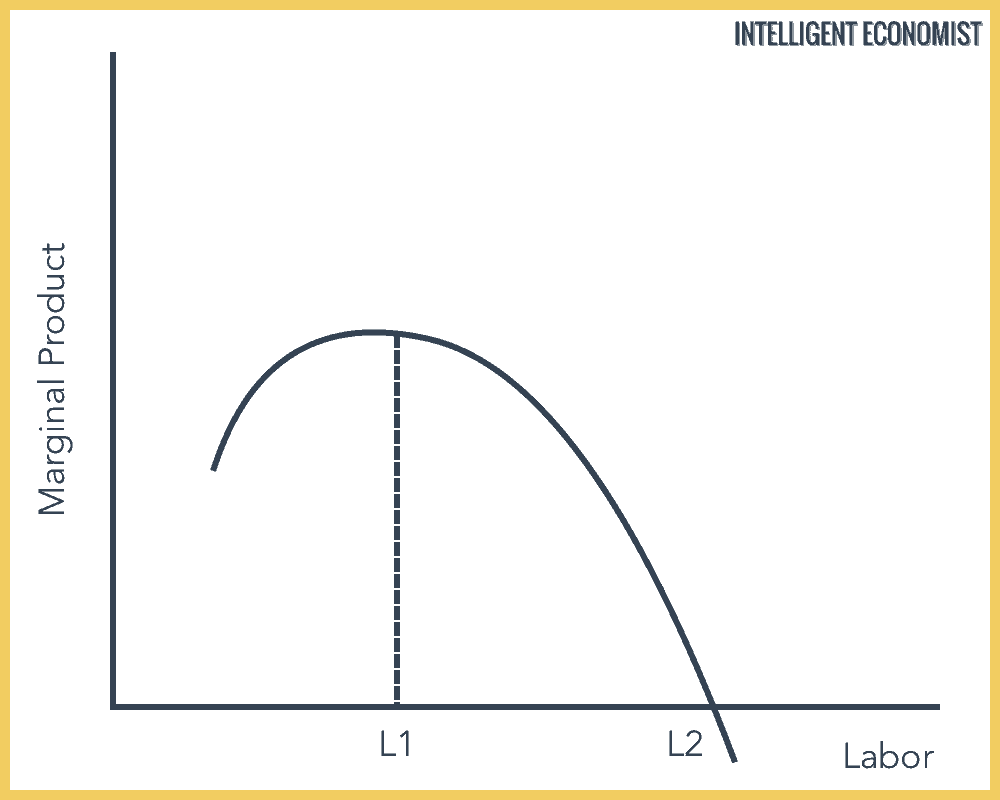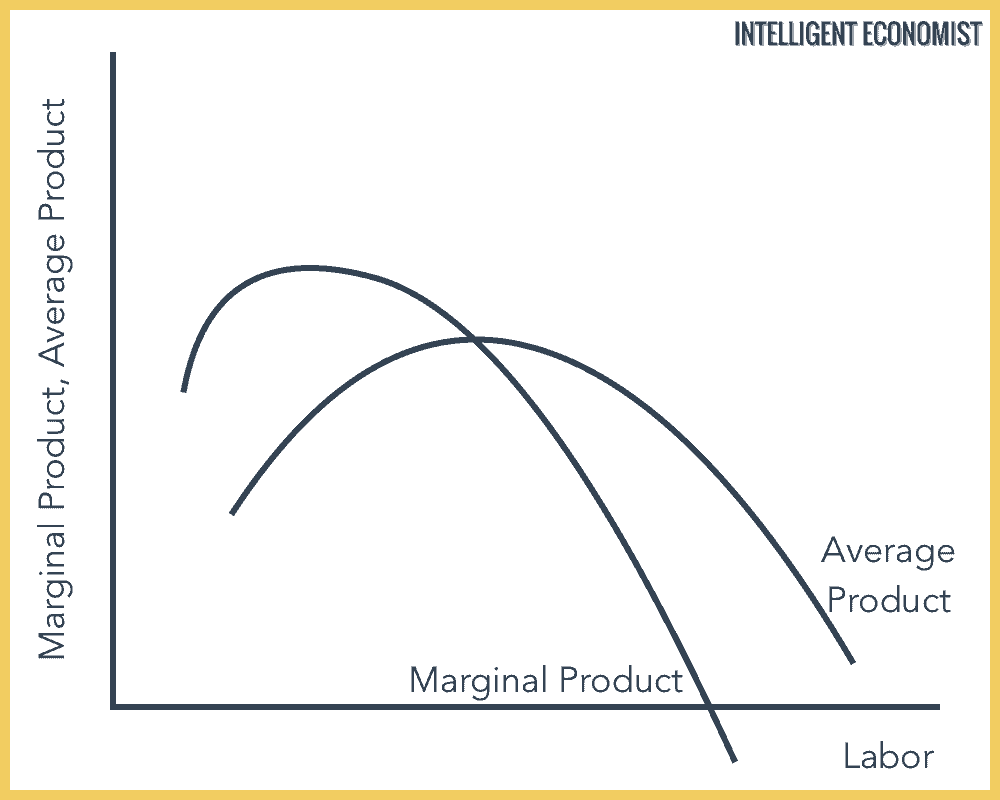The Theory of Production explains the principles by which a business firm decides how much of each commodity that it sells (its “outputs” or “products”) it will produce. And how much of each kind of labor, raw material, fixed capital goods, etc., that it employs (its “inputs” or “factors of production”) it will use.
Economics, models, and theories are not dynamic; they are fixed to a period. So, economists base their models on the short run, medium run or long run. The difference in these time frames is the ability to change the factors of production. For example, in the short run, its impossible set up a new factory, but its more plausible to hire a new worker. It shows that in a period, the current output can change only so much. While in the long run, you can make many more changes. In this post, we will analyze the Theory of Production in the Short-Run.
Theory of Production: Short-Run Analysis
The Short-Run is the period in which at least one factor of production is considered fixed. Usually, capital is considered constant in the short-run.
In the Long-Run, all factors of production are variable, while in the very long-run all factors of production are variable and research and development is possible.
Law of Diminishing Marginal Returns
If more and more of a variable Factor of Production is used in a combination with a fixed factor of production, marginal product, then the average product will eventually decline. The law of diminishing marginal returns determines the behavior of output in the short-run.
Think of a pizzeria, with tables, chairs, and ovens (fixed factor of production). With no workers, the output is zero, with one worker the output is ‘x’ units. The worker takes orders, makes pizzas, cleans tables and serves the bill. If there are two workers, the second worker can do the same work as the first, and the output will be 2x units. They can specialize and further increase output.
Total Product

Marginal Product

- The output will increase at an increasing rate till L1. Therefore the marginal product is rising till L1.
- Adding extra workers increases total output, but at a decreasing rate, more workers contribute less each, and the marginal product begins to fall (L1 to L2). Hiring more workers results in each new worker adding less to the output.
- After L2, there is too much labor for the available capital, workers get in each other’s way, and each contribution of everyone new worker is negative.
- No firms hire beyond L2; too much labor to capital, and less than L1; too much capital to labor.
Average Product (AP)
Total Product / Variable Factor of Production. Average Product is maximum at the point that the Total Product is the steepest.
Marginal Product (MP)
Marginal Product is the change in the total product as a result of changing the variable factor of production by 1 unit. Ex: When one more chef is added, and production increases to x units when the second worker has hired the output increases by more than 2x units.

If Marginal Product > Average Product, then Average Product will rise
If Marginal Product < Average Product, then Average Product will drop
If Marginal Product = Average Product, then Average Product will be at maximum
For example: If you think of scores, in Jack’s sixth test (marginal), he gets a score higher than his average, then his average will increase. If in the next test (marginal) he gets a score lower than his average, then his average will drop. If he gets a score that’s the same as his average, then his average won’t change.


Well defined and understandable. Simplified for better understanding.
Under what circumstances would the key decision makers in your organization be motivated to be guided by optimisation principles both in the short and long run? Please provide clear illustrative cases to support your argument.